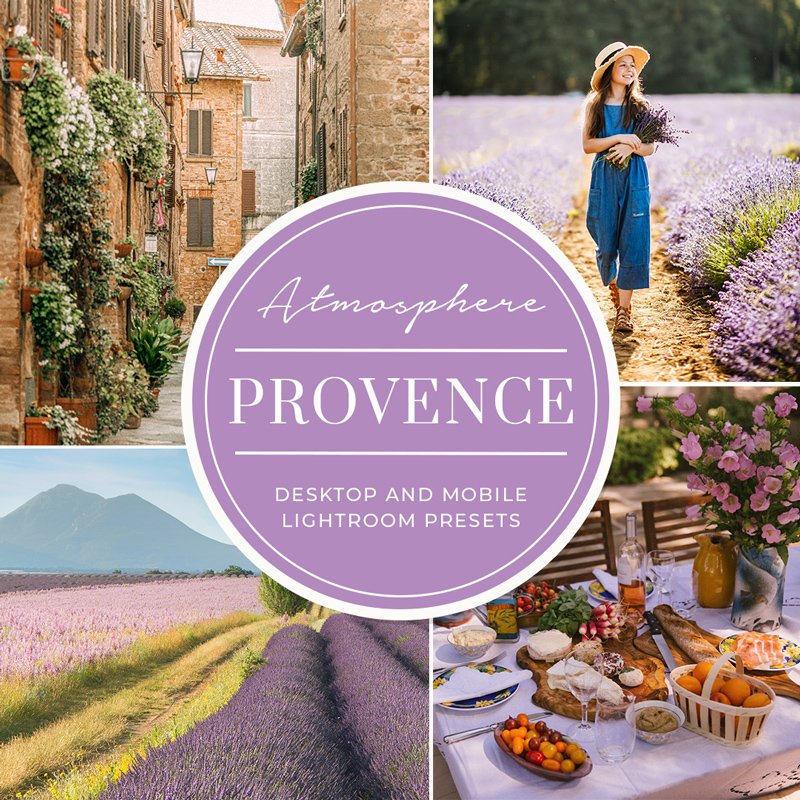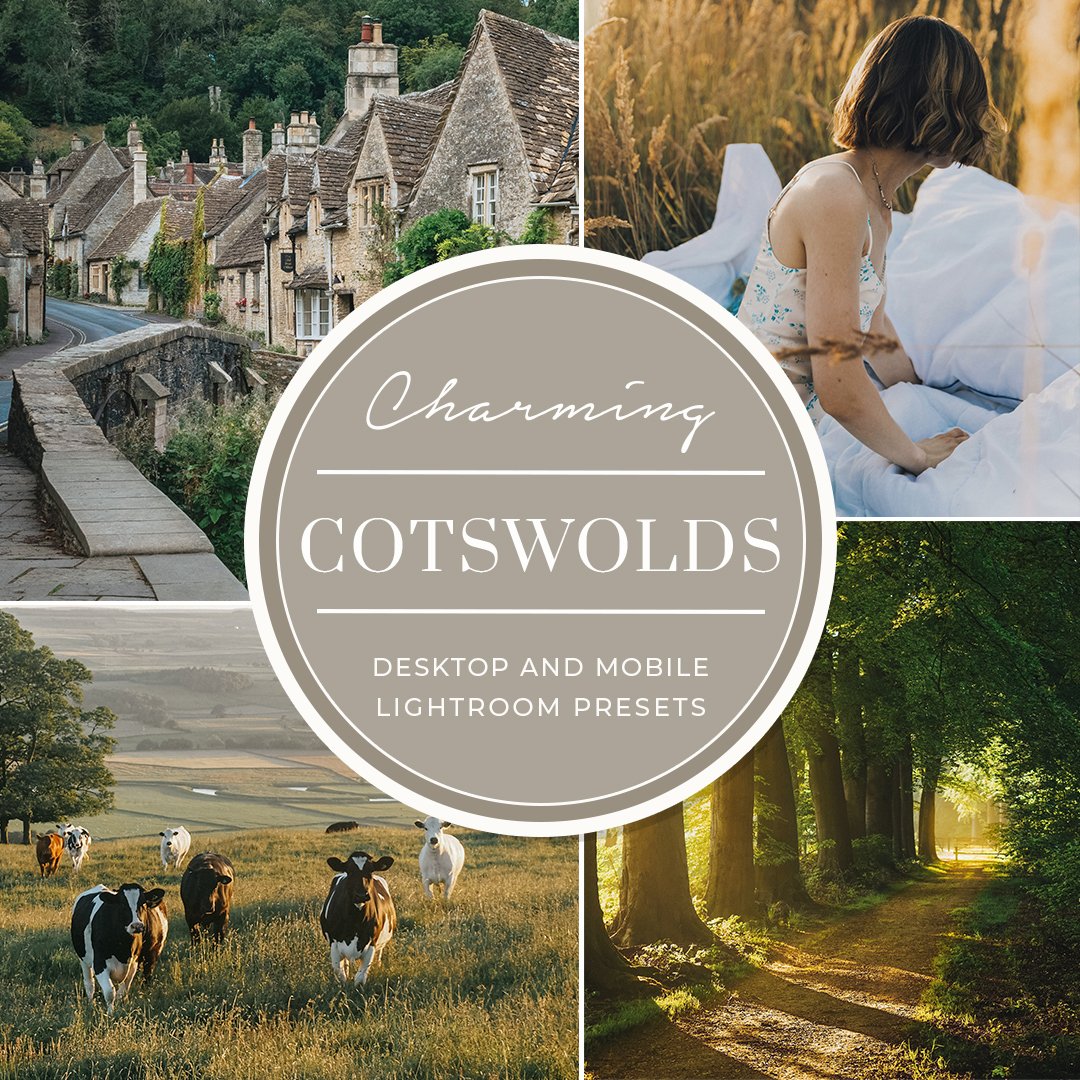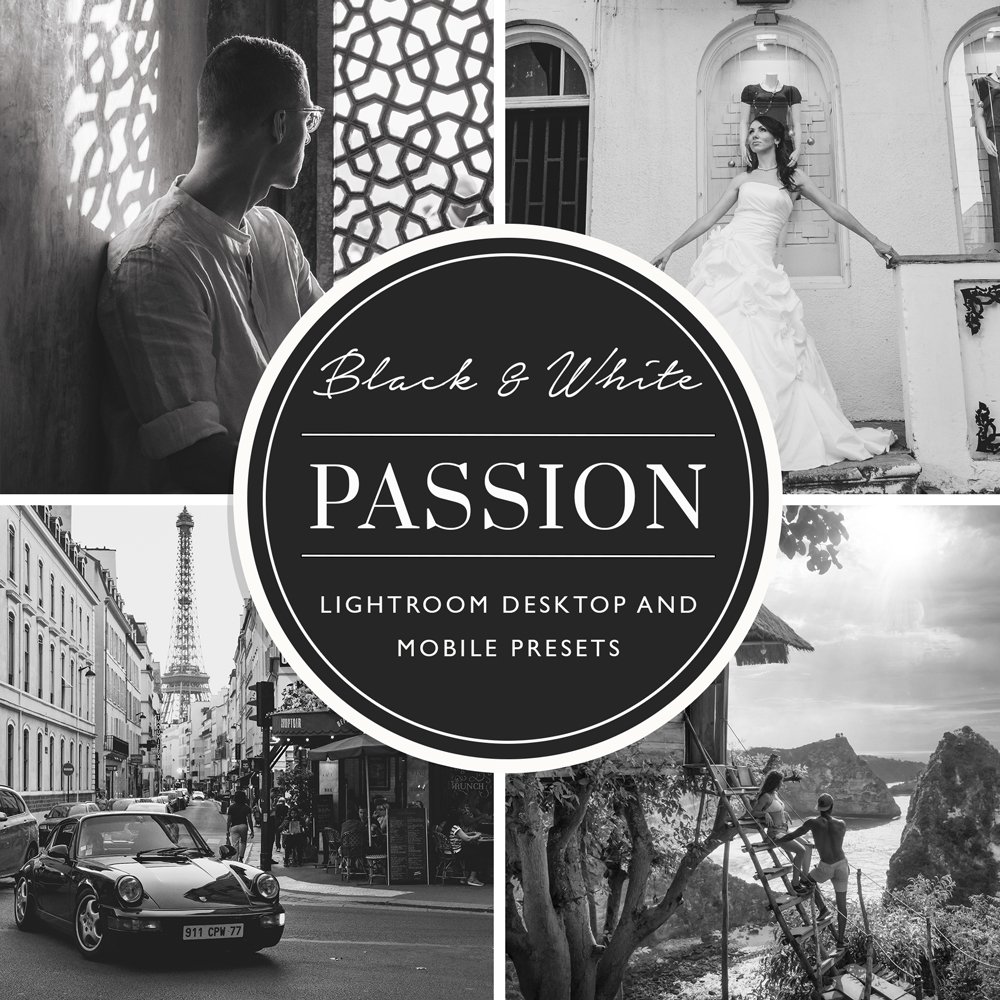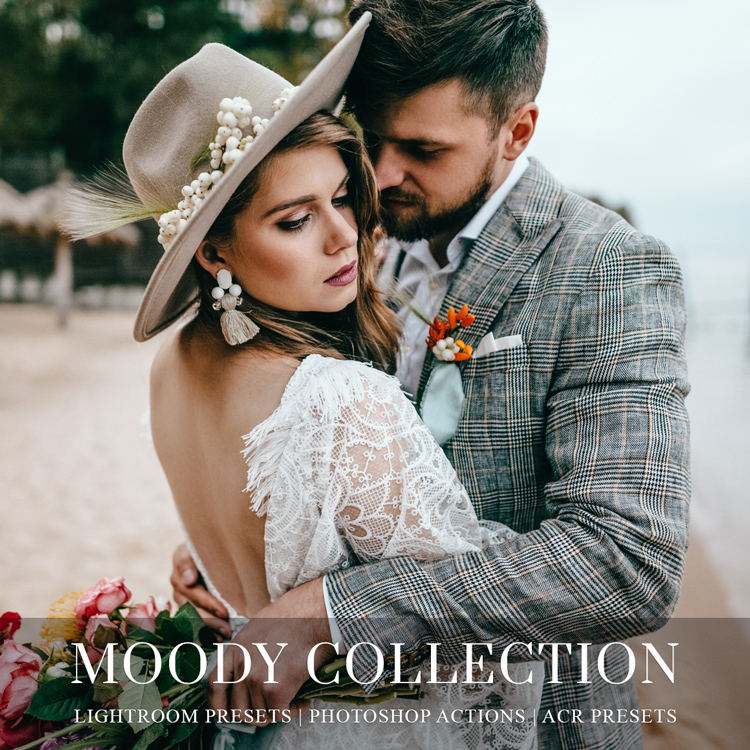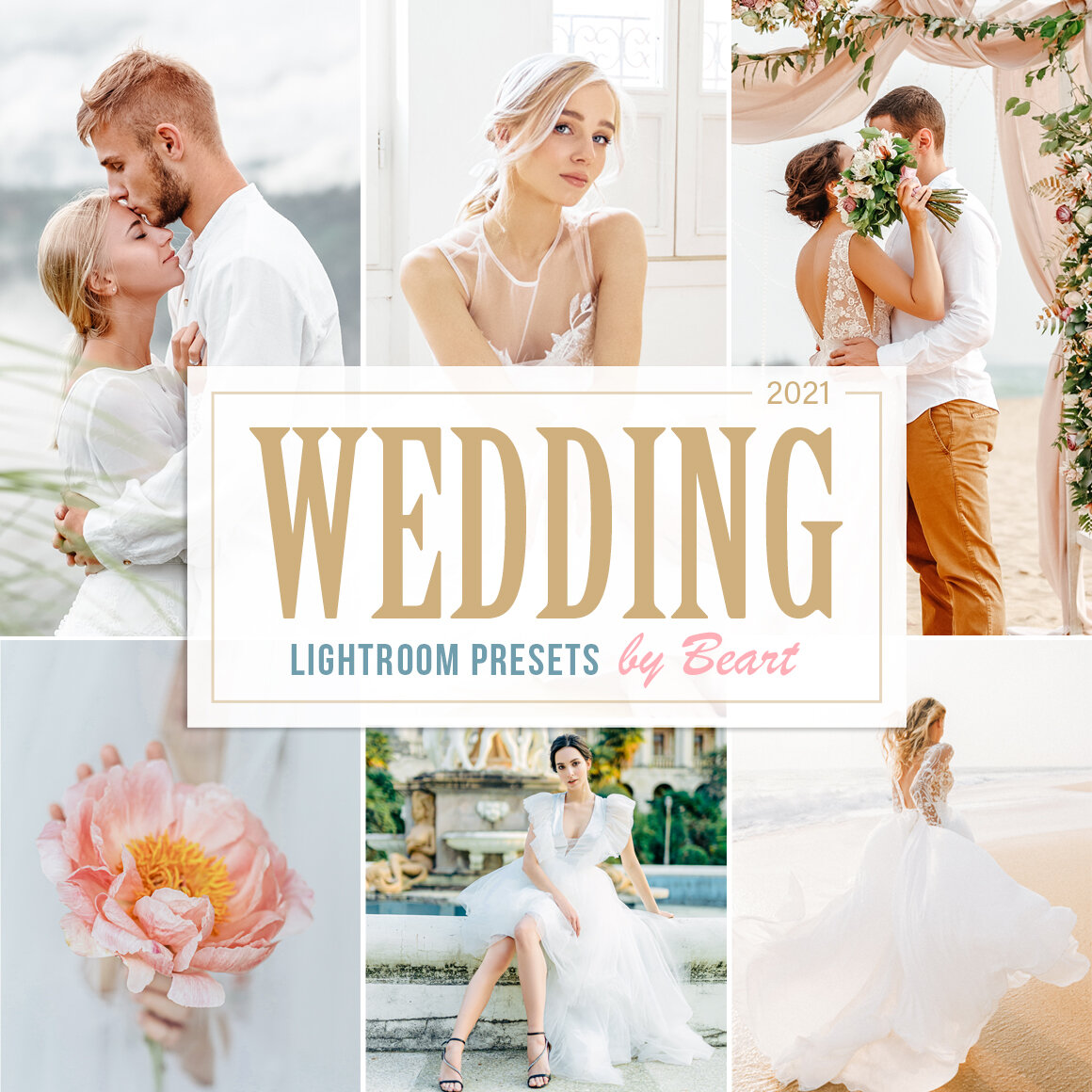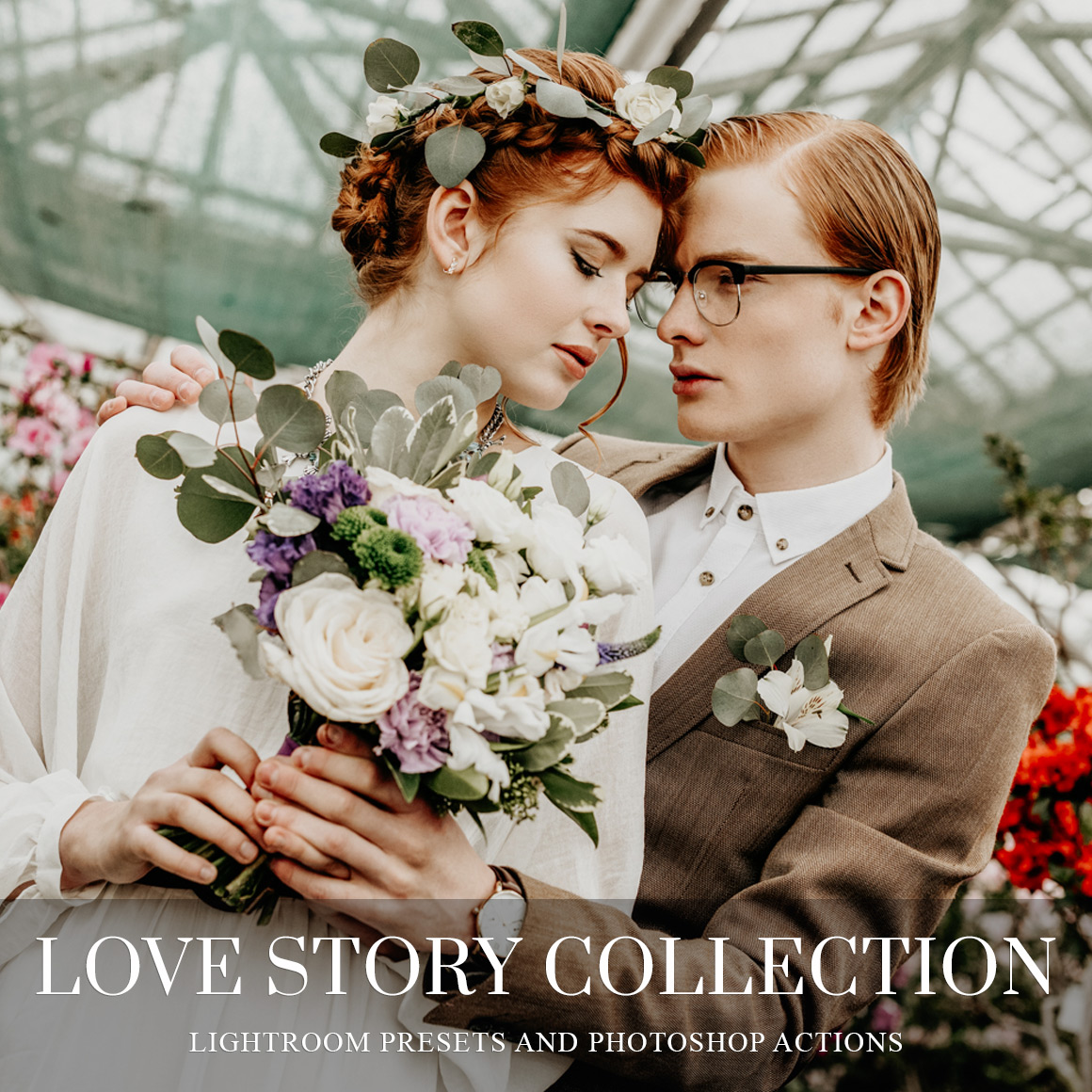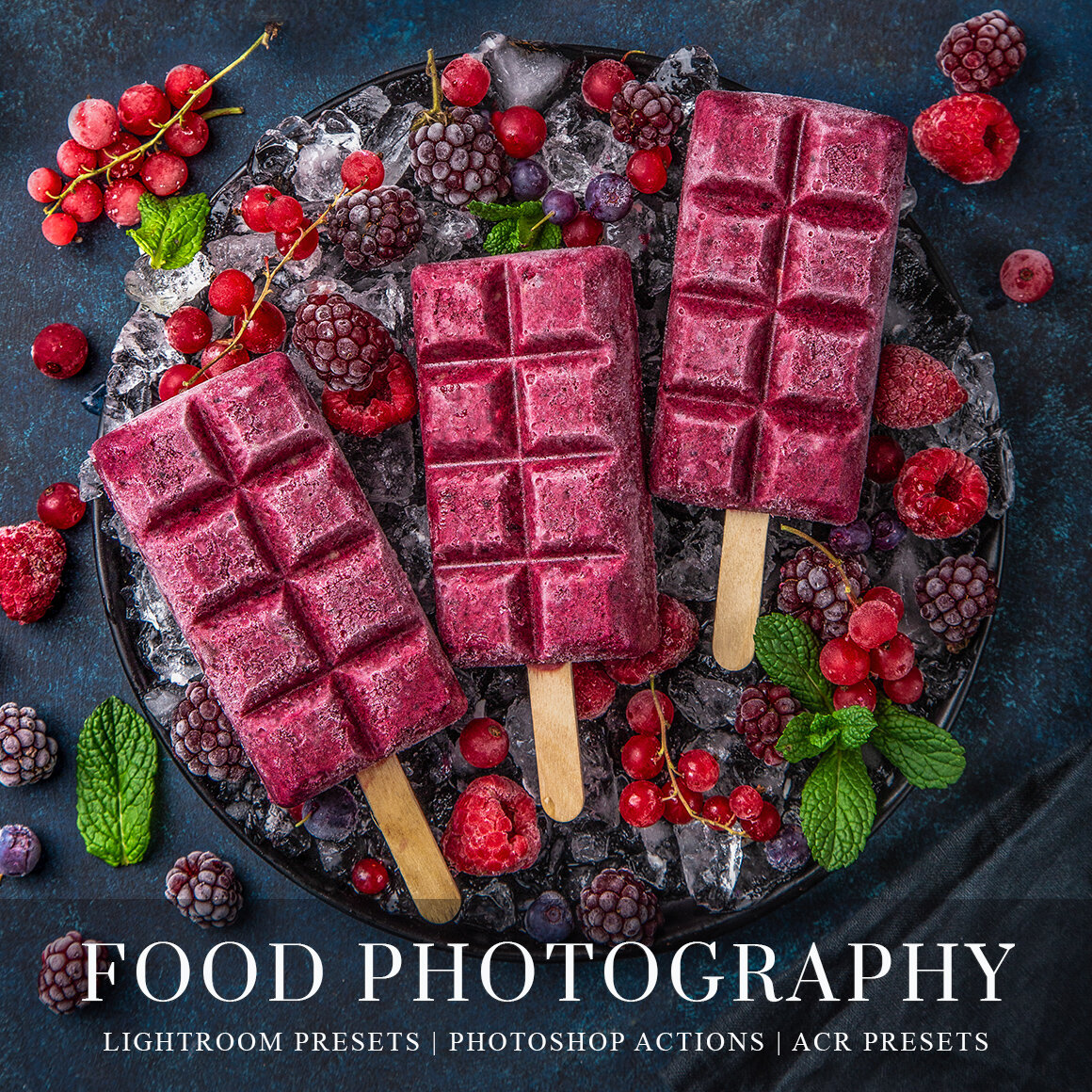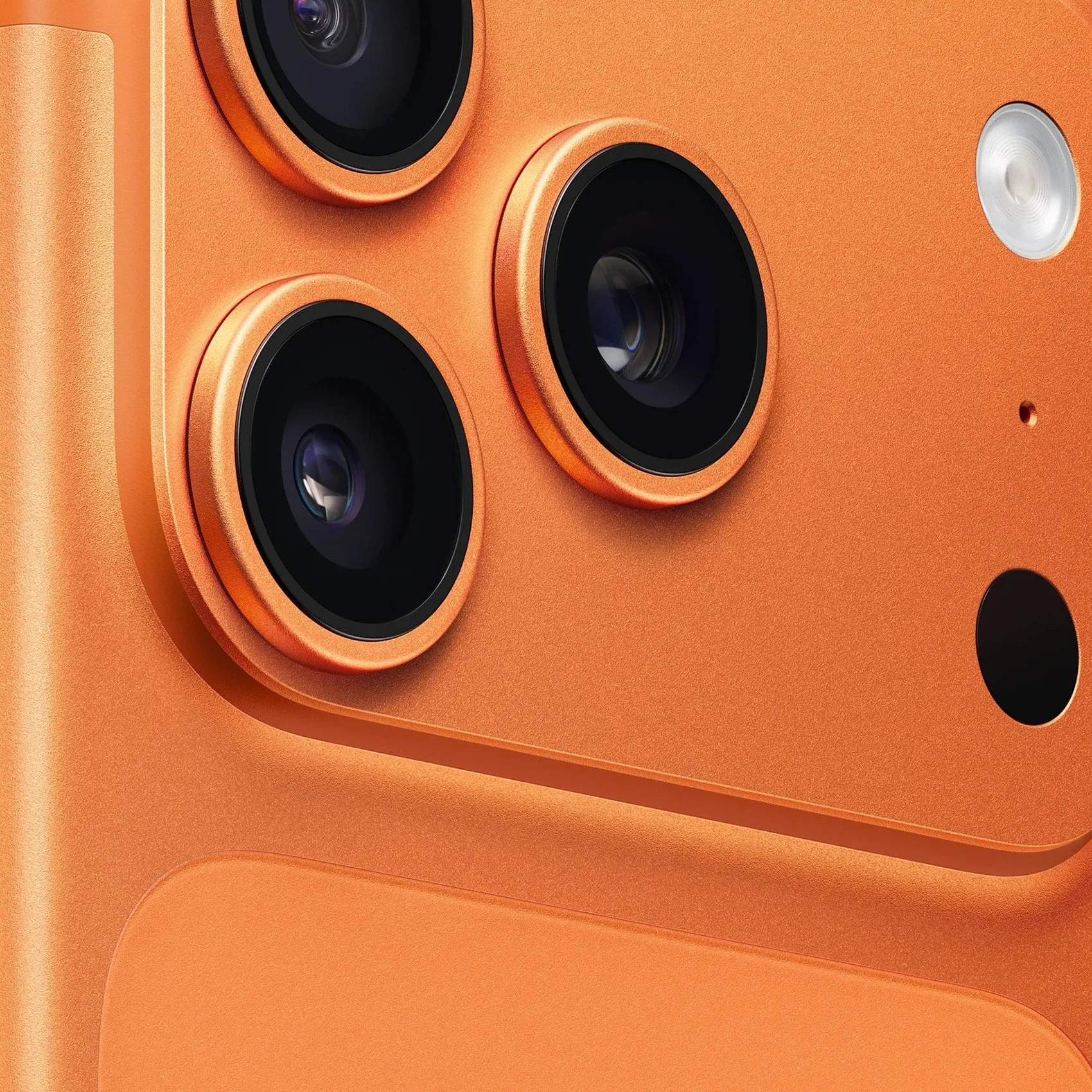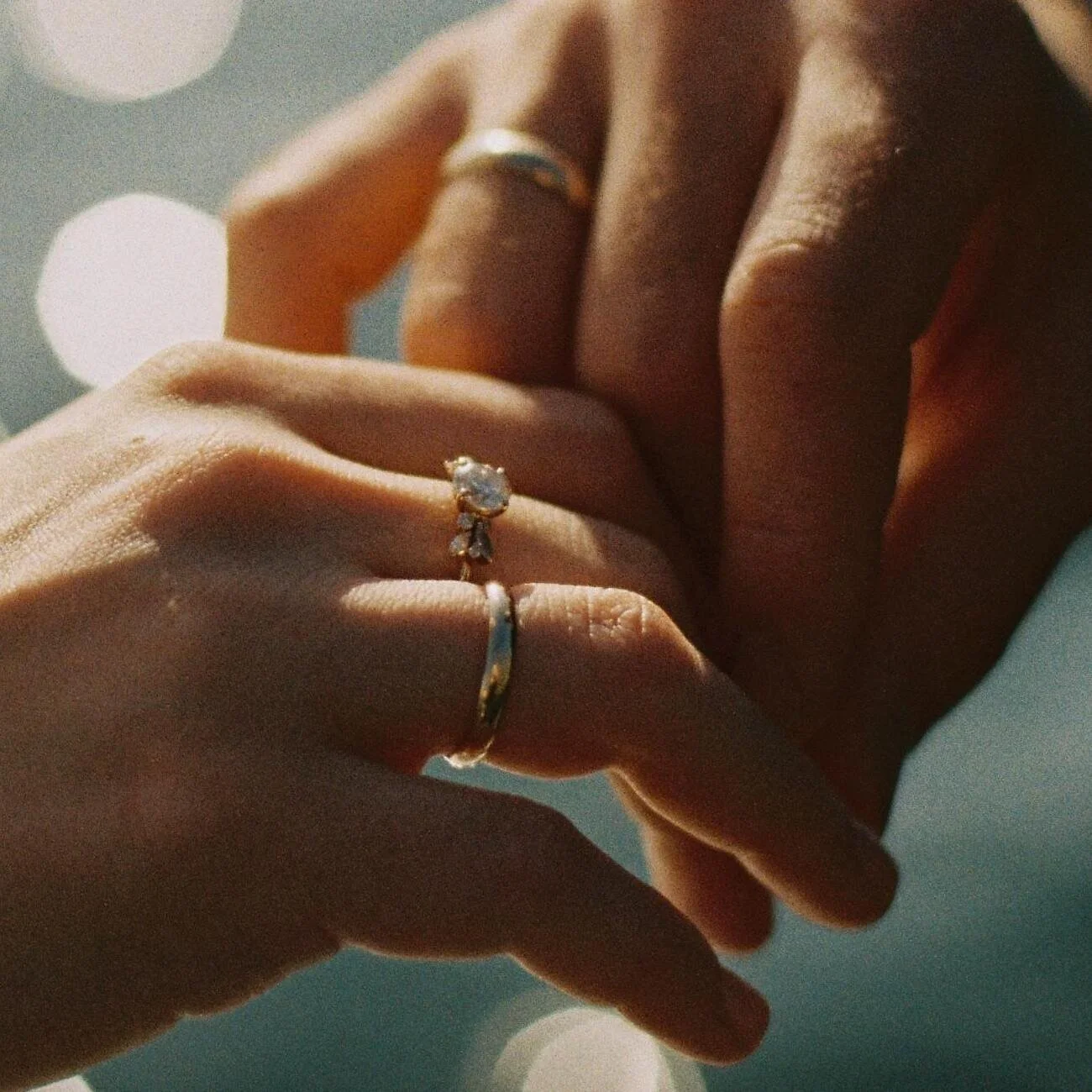How Photographers Can Help Couples Showcase Their Engagement Rings
Here's something most photographers won't admit: they're terrified of ring shots.
Not that they are technically challenging—though they may be—but because so much depends on getting them right. This small ring of metal and stone symbolizes months of planning, thousands of dollars, and a moment that changed everything. Miss the shot, and you are not only taking bad jewelry photography. You are not celebrating one of the most important purchases and symbols in the life of a couple.
Nevertheless, there is a way in which ring photography has turned into an afterthought. A fast macro shot, a posed hand, perhaps a creative flat lay in case there is time. In the meantime, couples pay more for their engagement ring than most people pay for a car, and it receives less photographic coverage than the centerpieces.
It is not about costly gear and complex lighting systems. It is about realizing that the ring is not a mere accessory, but it is the physical representation of a promise. And when you look at it like that, everything is different.
"The Ring Will Photograph Itself"
This is the presumption that traps even professional photographers. You look at a beautiful diamond, think that it will shine by itself under any light, and devote your efforts to other things. And this is the truth: the majority of engagement rings appear flat, dead, or strangely proportioned in photographs without deliberate skill.
It is not the ring that is the problem, but that we are not viewing it as the human eye would. Face to face, we tilt our heads, we receive the light at various angles, and our brain fills in the details. A camera does none of that. It records precisely what is in front of the camera, which is usually a reflection-filled, shadow-casting hunk of metal that does not have much in common with the beautiful ring that the couple views.
Take an emerald cut diamond ring; those clean, geometric lines and step-cut facets can be downright hypnotic in the right light, but under flat light, they just vanish. The features that make this cut so elegant, the subtle play of light and shadow across those parallel facets, need special positioning and lighting to work in a photograph.
That is why ring shots cannot be a second thought. They demand the deliberateness with which you might approach the ideal sunset or the backlit portrait. The only difference is that when you have a ring, you can control all the variables.
It's Not Just About the Diamond
This is where the majority of photographers go wrong: they concentrate on the center stone and overlook the fact that the ring is a complete design. It is the band, the setting, the proportions, the way it fits on the finger, all these things combine to produce the total effect.
When you are shooting an engagement ring, you are recording a design narrative. Is it vintage-inspired and has detailed milgrain? Minimalist and clean-lined? A bold center stone? Every style needs its own approach, and the approach should emphasize what is so special about this ring.
This implies familiarizing yourself with the ring prior to shooting it. Enquire about the history behind the selection. Was it tailor-made? Is it a family heirloom? Does it contain special information that is not obvious? This information is not mere small talk; it is your guide as to how you should photograph it.
A fine pavé band requires a different light than a heavy vintage setting. Clean and simple compositions are required in a solitaire setting, and an ornate halo setting may ask for more dramatic shadows to enhance the texture and dimension.
Context Creates Connection
The strongest ring shots are not the studio-perfect close-ups, but the ones that say something about the couple wearing them. Here is where the engagement and wedding photographers have an enormous advantage compared to commercial jewelry photographers. You are not selling a product; you are capturing a relationship.
That is to think beyond the conventional ring shots and how the ring exists within the world of the couple. Perhaps it is the scene immediately following the proposal when her hands are still trembling a little. Perhaps it is in getting-ready shots, when she puts on her wedding jewelry, the first time. Perhaps it is a moment of silence at the reception when they both are gazing at their new wedding rings.
These contextual shots achieve something that ideal product photography does not – they evoke an emotion in the viewer. They bring you back to that time, that emotion, that meaning. And is that not what couples are hoping to get when they pay to have professional photography done?
Context, however, does not imply compromise. You will be able to shoot emotion and still get the technical aspects of ring photography. You ought to, as a matter of fact. Since a perfectly lit ring shot can be beautiful, but a perfectly lit ring shot that also contains real emotion? That is the picture that is put in a frame.
The Technical Side Nobody Talks About
Let's be practical for a second. There are certain technical issues that are peculiar to ring photography and cannot be applied to other kinds of portraits or wedding photography. The mirrored surfaces, the miniature size, the demands of the utmost sharpness--all these things demand modifications in your usual technique.
To begin with, depth of field is crucial. You should have enough to reveal the significant details of the ring, and not so much that the distracting background items come into focus. This typically involves shooting with an intermediate aperture, say f/5.6 to f/, 8 instead of wide open.
Lighting is an entirely different way of thinking. Direct flash will produce unflattering reflections and kill the sparkle you are trying to capture. But too soft, and the facets will not reflect the light at all. Diffused light at various angles is typically the sweet spot because it enables the diamond to shine without excessive reflections.
And this is one thing that most photographers do not think about: the angle is more important than nearly anything. Diamond does not only shine in all directions, but there are certain angles at which the cut and clarity shine best. Get up and walk around, change your viewpoint, and observe the way the light falls in various ways on the stone.
This may involve going down low, shooting upwards, or even using a macro lens to shoot details that cannot be seen with the naked eye. It also means not letting yourself get so focused on the technical perfection that you lose track of why you are even taking the photo in the first place.
Making It Personal
The couples that hire you do not want stock photos. They want pictures that are uniquely theirs. This is particularly essential in ring photography since, frankly speaking, there are only so many ways to shoot a round diamond on a finger.
However, the number of ways to take a picture of their round diamond on their finger in their story is infinite.
Perhaps he made the proposal on a hiking path, and you can include nature in the ring shots. Perhaps she is a musician, and you get the ring when her hands are playing piano keys. Perhaps they are both minimalists, and the strongest shot is the ring on an absolutely clean, simple surface.
It is not to impose creativity where it is not needed- it is to discover the real details that make the story of this couple unique and allow those details to guide how you approach the photography.
This customization is also applied to editing. You can edit the same ring to appear totally different, with warm romantic contrast or clean modern contrast. Both methods are not wrong, but one will sound more natural to this couple and their relationship.
The Real Secret
This is what the most successful wedding and engagement photographers know about ring photography: it is never really about the ring.
It is about the meaning of the ring. The thought and excitement that went into picking it. The time of its giving and receiving. The promise it represents. The future that it symbolizes.
By taking this approach to ring photography, the technicalities are no longer a barrier to break through but a means to an end, the story. You are not only recording costly jewelry, but you are also recording the tangible representation of one of the most significant choices that this couple will ever make.
And when couples look at those pictures, when they really look at them, they do not see a beautiful ring. They observe the start of their married life, the burden of their pledge, and the affection that enabled it all.
It is that type of photography that is handed down through the generations. Not that it is technically perfect, but it is technically perfect at what mattered most.
That is, the next time you are photographing an engagement ring, keep in mind: you are not shooting jewelry. You are writing about love in a physical form. Ensure that your pictures respect that fact.
Get Free Presets for Lightroom created by top photographers to update your presets collection, save down on editing time, and open up new artistic horizons.









